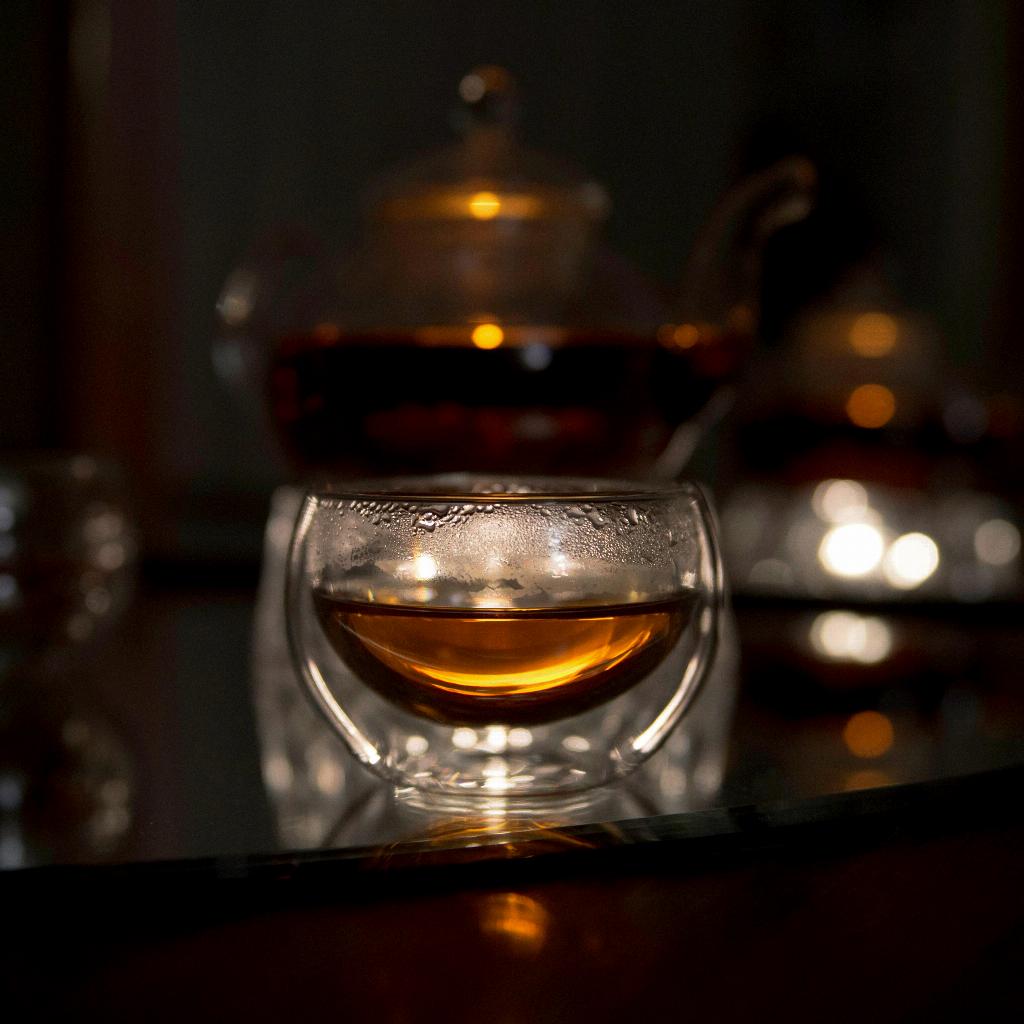When it comes to the world of spirits, there is a wide variety of options to choose from, each with its own unique characteristics and flavors. One popular category within this realm is liqueurs. But what exactly is a liqueur, and how do you go about classifying them? In this article, we will delve into the fascinating world of liqueurs and explore the various classification methods used in the industry.
Understanding Liqueurs
Before we dive into the classification of liqueurs, it’s important to have a solid understanding of what they are. A liqueur, also known as a cordial, is a sweetened spirit that is infused with various flavors and often contains added sugars. These delightful libations are created by mixing distilled spirits with a combination of fruits, herbs, spices, and other natural ingredients. The result is a flavorful and aromatic beverage that is cherished by many.
Historically, the origins of liqueurs can be traced back to medieval Europe, where monks and alchemists experimented with herbal infusions and distillations. Over time, the art of liqueur-making spread across continents, leading to the diverse array of options we have today.
Distinction Between Liqueurs and Spirits
While liqueurs fall under the umbrella of spirits, they have distinct characteristics that set them apart. Firstly, liqueurs are typically sweetened, making them sweeter and more palatable compared to other spirits like vodka or whiskey. They often have lower alcohol content, usually ranging from 15% to 30% ABV (alcohol by volume).
Another key differentiating factor is the wide range of flavors and aromas present in liqueurs. From fruity and floral notes to rich nutty undertones, there’s a liqueur to suit every taste preference. These complex flavor profiles are achieved through thoughtful combinations of ingredients and meticulous crafting methods.
Understanding Liqueur Classification
Liqueurs can be classified into different categories based on various factors, including ingredients used, production process, and flavor profiles. The traditional categories of liqueurs include cream liqueurs, fruit liqueurs, herbal liqueurs, nut liqueurs, and liqueurs based on distilled spirits.
Cream Liqueurs
Cream liqueurs, as the name suggests, are characterized by their creamy and smooth texture. They are typically made by blending a spirit base with cream or milk and flavors like chocolate, coffee, or vanilla. A popular example of a cream liqueur is the well-known Irish cream.
Fruit Liqueurs
Fruit liqueurs are crafted by infusing or macerating fruits, such as berries, citrus, or stone fruits, in a distilled spirit. The result is a deliciously fruity and often vibrant liqueur. From the sweet and tangy orange liqueur to the enticing raspberry liqueur, fruit liqueurs offer a wide range of options to explore.
Herbal Liqueurs
Herbal liqueurs are created by steeping or distilling a blend of herbs, botanicals, and spices in a spirit base. These liqueurs often have complex and herbaceous flavors, with some known for their digestive properties. An iconic example of an herbal liqueur is the chartreuse, with its distinct green and yellow varieties.
Nut Liqueurs
Nut liqueurs are made by infusing nuts or nut essences, such as almonds, hazelnuts, or walnuts, into a spirit base. These liqueurs offer a rich and nutty flavor profile, which makes them a delightful addition to cocktails or enjoyed on their own. Amaretto, with its delicious almond flavor, is a popular nut liqueur.
Liqueurs Based on Distilled Spirits
Some liqueurs are created using a base of distilled spirits such as rum, whisky, or brandy. The addition of flavors and sweeteners enhances the unique characteristics of these spirits, providing a harmonious blend of taste and aroma. Examples include coffee liqueur, spiced rum, and Irish whiskey liqueur.
Factors Affecting Liqueur Classification
Several factors play a role in determining the classification of a liqueur, helping to define its unique characteristics and category. The ingredients used in the production process greatly influence the taste and aroma of the final product. Additionally, the production process itself, whether it involves maceration, distillation, or blending, contributes to the overall flavor profile.
Furthermore, each liqueur has its own distinct flavor profile, which can range from sweet and smooth to bitter and complex. These flavors are influenced by the combination and balance of ingredients and the expertise of the master blender.
Exploring Liqueur Classifying Systems
To further categorize and differentiate liqueurs, various classification systems have been developed over time. These systems help both industry professionals and consumers to navigate the vast world of liqueurs.
Generic Classification Systems
In generic classification systems, liqueurs are often classified based on alcohol content and sugar content. Alcohol content categorizes liqueurs into low, medium, or high ABV ranges, while sugar content distinguishes them based on sweetness levels.
Specific Classification Systems
There are also specific classification systems that have been developed by liqueur producers or industry organizations. For example, the Bénédictine Classification categorizes liqueurs based on their main ingredient, whether it be fruit, herb, or spice. The Brizard Classification focuses on the flavor profile of the liqueur, such as sweet, dry, or bittersweet. The U.S. classification system provides specific legal definitions for different liqueur categories.
Liqueur Labeling Regulations
When it comes to labeling, there are country-specific regulations that dictate how liqueurs should be labeled. These regulations often require accurate disclosure of alcohol percentage, ingredient declarations, and allergen information to ensure consumer safety and transparency.
Additionally, certain countries may have specific requirements regarding the use of certain terms or designations on the label.

Conclusion
Now that you have a better understanding of how liqueurs are classified, the world of these delightful spirits is open for exploration. Whether you’re a fan of fruit liqueurs, herbal liqueurs, or enjoy the creamy goodness of cream liqueurs, there’s a liqueur out there to satisfy every palate. So, go ahead and indulge in the diverse and enchanting world of liqueurs.
